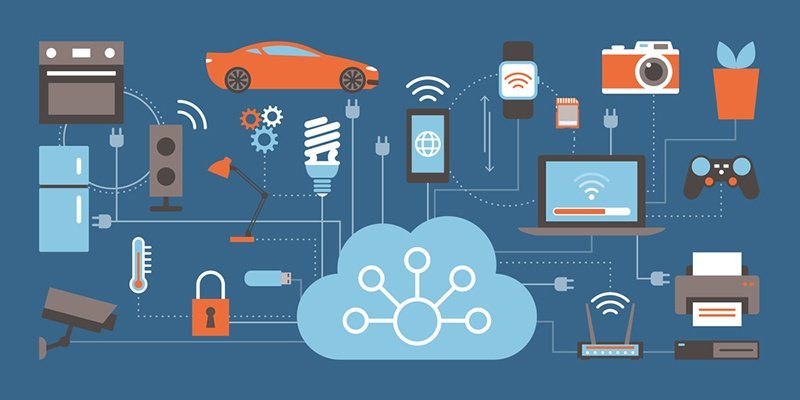Home automation is an exciting new area for digital technology. It’s still a relatively new idea, and it’s only recently that the technology has been advanced enough to bring it into people’s homes. Imagine if you could turn on your lights before you come home from work or monitor your house from anywhere using a live stream from your doorbell. Needless to say, tech has made life easier for one and all, especially for elderly who are looking to downsize.
You can even control the temperature of your home remotely, so you never have to worry about going home to a hot house ever again. There are no limits to what you can do with your intelligent home with IoT. This article will delve deep into how IoT can help you set up a smart home.
What is a Smart Home?
An smart home is a dwelling equipped with internet-connected devices. These devices can perform functions such as sensing, controlling, and automating. With innovative home technology, your home can adapt to your lifestyle and habits – making your life safer, more convenient, and more energy-efficient.
Characteristics of an Smart Home
An intelligent home has three features:
- Connectedness refers to connecting all the components of a smart home through a single network.
- Intelligence means that the system can sense its environment and respond accordingly.
- Interoperability allows different systems to communicate with each other.
How can IoT help in setting up a Smart Home?
IoT helps set up a smart home by providing sensors and other hardware devices to connect to the Internet through Wi-Fi. The sensors can then communicate with each other and with cloud services. This allows them to monitor and control your home remotely. Here are some great ways IoT can help you set up your smart home:
1. Smart lighting
Intelligent lighting systems are one of the most popular applications of IoT. They’re already widely available, and they’re easy to install. You need to connect the light bulbs to a hub and plug the hub into the wall. Once everything is connected, you can start adding sensors to the system.
2. Air quality monitoring
An air quality monitoring system can keep track of the air quality in your home and notify you if something goes wrong. A good example would be an app that detects smoke in your home. If this happens, you can receive alerts on your smartphone.
3. Home security
If you want to protect your home while you’re away, you can use a home security system. An IoT-enabled camera will allow you to see who’s at your front door and whether anyone else is inside your home. A motion detector can alert you whenever movement is detected.
4. Energy management
Energy management systems help you save money by turning off appliances when not needed. You can also schedule these events to occur automatically at certain times of the day.
5. Automated irrigation
Automated irrigation systems can ensure that your garden gets watered throughout the year. You can program these systems to water your plants according to weather conditions.
6. Remote access
Remote access systems let you control your home from anywhere in the world. You can manage your home from wherever you like and check in on it anytime.
Conclusion
IoT continues to change our lives by helping us create smarter cities, better healthcare systems, and more sustainable lifestyles. However, there are still challenges such as privacy concerns and a lack of interoperability between different products. These challenges notwithstanding, IoT will continue to grow, and it will play a significant role in improving people’s lives in the years to come.
Also Read: Can Your Smart TV Be Hacked?


3 thoughts on “The Benefits of IoT in Smart Homes”